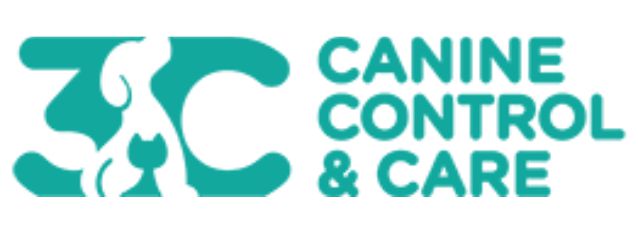In India, the Animal Birth Control (Dogs) Rules, 2001 provides for sterilisation and vaccination of stray dogs to control the stray dog population and to prevent rabies and reduce human-canine conflict. Stability in the dog population is achieved when 70% of their population is sterilised.
It is important to understand the importance of sterilisation and why other measures for dog population control like relocation and killing don’t work. Many countries in the world have tried various methods and have finally realised that the sterilisation of stray dogs is the most effective and efficient method to manage stray dog population.
Sterilisation is an effective way to reduce the population of stray dogs because it prevents them from reproducing. By surgically removing the reproductive organs of stray dogs, they are unable to produce offspring, which in turn helps to reduce the number of stray dogs in a given area over time.
When stray dogs are sterilised, it not only reduces the number of puppies that are born, but it also reduces the likelihood of dogs engaging in territorial or aggressive behavior’s associated with reproduction.
Sterilisation also has a long-term impact on overall health. Sterilised dogs are less likely to suffer from certain health problems, such as mammary tumours, uterine infections and testicular cancer.
In some cases, sterilisation programmes may be combined with other interventions, such as vaccination and adoption programmes, to further reduce the number of stray dogs on the streets and improve their welfare.
CCC has sterilised stray dogs as a public service from 2015 onwards at no cost to the public or government. We believe that only a humane and scientific approach to sterilisation and vaccination will allow us to effectively control the population of stray dogs.
CCC’s ABC Program
We have created an Animal Welfare Board of India (AWBI) recommended 5-day Animal Birth Control (ABC) program which allows us to maximize favorable outcomes for the dogs, this includes:
- Humane catching of dogs from volunteer / self-identified areas
- Admission of dogs to planned CCC Centre
- Humane spaying / neutering surgeries under general anesthesia
- Ear notching for marking sterilized dogs
- Post-operative care including pain-relievers and antibiotics
- Flea and tick treatment
- Anti-rabies vaccination
- Proper feeding and recovery
- Release of dogs back in the same area they were picked up from
How?
We work independently or partner with individuals, volunteers, and governmental entities like PMC and PCMC to achieve these goals in the quickest and most optimal manner without compromising the humane process or outcomes. Solutions involve space, kennels, surgical & medical infrastructure, vehicles and staff to support CCC defined processes and protocols.
Effective dog population management program is a permanent commitment and a very pertinent societal need, with ABC interventions evolving over time rather than stray dog population management coming to an end in a fixed timeframe.
Our core belief is that stray dog population management should be humane and ethical, minimizing harm and maximizing benefits for the dogs involved as well as the human communities. It should enhance stray dog welfare over their lifetime and reduce the human-animal conflict over time as neutered and vaccinated dogs are no threat to society.
Where?
We operate stray dogs found within the Pune and Pimpri Chinchwad Municipal areas.
When?
We started in 2015 with one Centre and the capacity to sterilize 100 dogs per month. Today, we operate in 4 Centres, and have the capacity to sterilize 1650 dogs per month. We find we are able to do 1000 dogs per month on average.
Our Process:
With humane treatment being the core of all we do, we follow a strict protocol to ensure that every dog that is released is fit and perfectly healed after surgery. The normal process and timeline is as follows:
- Day 1– admission of dogs by volunteers or volunteer-assisted dog catching programs with dog catchers
- Day 2 – veterinary assessment of dogs, and surgery as per vet recommendation
- Day 3 and 4 – recovery post operation, with appropriate medicines and food and care
- Day 5 – release in the same spot of pick up, aided by volunteers on ground
If an animal is not fit or has not healed completely by Day 5, they continue to remain with us, receiving medical attention, food and care till such time as they can be released.

